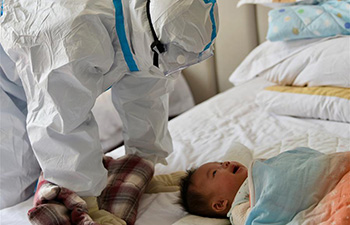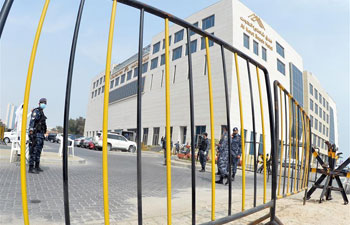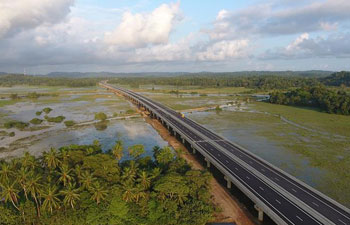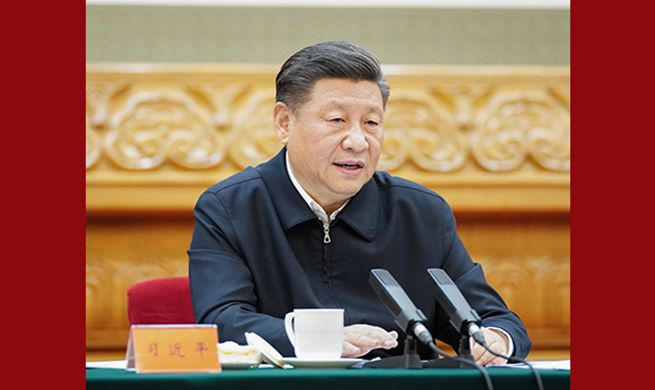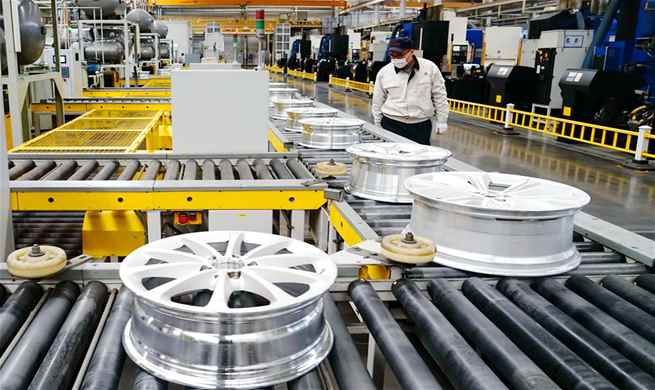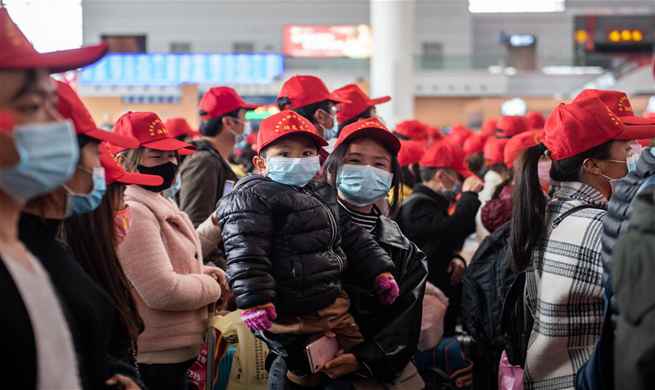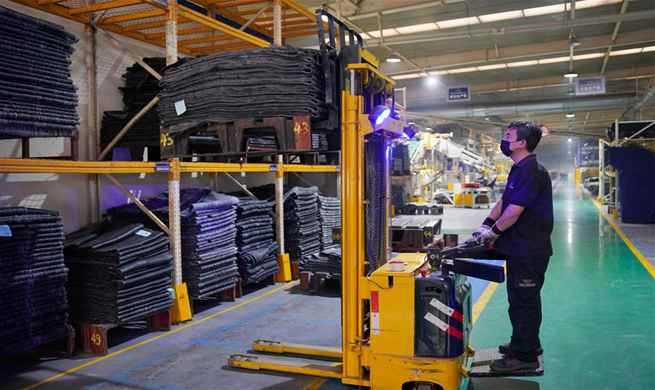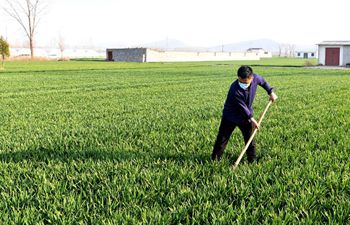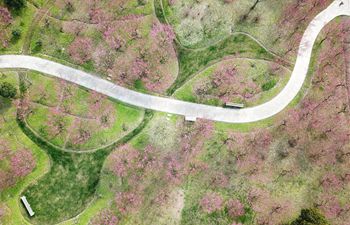CANBERRA, Feb. 25 (Xinhua) -- The Australian government is exploring leasing its warships from shipbuilders to alleviate budget pressure on the Defence Department.
Mathias Cormann, the minister for finance, has told shipbuilders that they must come up with "innovative" financing proposals if they want to receive defence contracts.
One such proposal, according to the Australian Financial Review (AFR), would see the Australian Defence Force (ADF) lease military equipment under whole-of-life contracts rather than buy it, allowing the government to spread out the upfront cost.
The government has committed to spending 90 billion Australian dollars (59.4 billion U.S. dollars) on the construction of new warships and submarines under the naval shipbuilding plan.
As the program progresses to the construction phase it is expected to cost the ADF up to 4 billion Australian dollars (2.6 billion U.S. dollars) per year, almost 10 percent of its total budget.
"Governments have previously leased some Defence capabilities for limited, specific, short-term needs," Cormann told the AFR on Tuesday.
"So that's not new as a methodology. Approaches to financing arrangements for projects or capability - including leasing - will always be subject to strategic, security and value-for-money considerations.
"There has been significant interest and the government will continue to encourage defence industry participants to consider innovative contracting models in circumstances where that provides the best value for money and capability for our Defence forces."
The government is facing a looming decision on the future of the Armidale class patrol boats, the navy vessels responsible for border patrols.
The boats are at the the end of their operating lifespan but Mike Noonan, the chief of Navy, has flagged extending their service until the new patrol boats, the 12 Arafura class currently under construction, are ready in 2021.
Instead, shipbuilder Austal has proposed leasing six other vessels to the ADF to bridge the gap, which the company says will save 150 million Australia dollars (99 million U.S. dollars).

